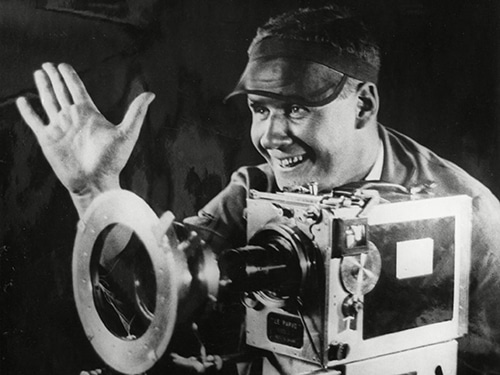
courtesy by Global Cinematography Institute
Sergei Eisenstein, Director of ‘Battleship Potemkin’ Revered with 120th Birthday Google Doodle
Just a few days ago on January 22nd, 2018 we celebrated the 120th birthday of Soviet-Russian filmmaker Sergei Eisenstein (1898-1948).
He was one of the great pioneering geniuses of the modern cinema.
To mark the occasion, Google put out a Doodle in honor of Sergei Eisenstein showing him clipping black-and-white strips from a film spool.
His film Battleship Potemkin (1925) was named the greatest film of all time at the Brussels World’s Fair. Sight and Sound Magazine named it the 11th greatest movie ever made. At various times it was banned in the US, France, Germany, Russia, and the UK until 1954, and it was X-rated until the 70s.
Eisenstein left a double legacy. Not only was he one of the greatest filmmakers of all time, but he was also a magnificent film theorist, perhaps the most important one ever. His most vital writings on the art of the cinema include articles on the language and structure of the movies and the differences between theater and film.
Sergei Eisenstein’s heritage remains to inspire, impact, and influence directors in the 21st century.
Battleship Potemkin continues to be debated, analyzed, and appropriated. Now it’s referenced in everything from The Godfather to Inglorious Bastards to Naked Gun 33 1/3. His work influenced the work of many notable filmmakers, including Alfred Hitchcock, Brian De Palma, Chaplin, Buñuel, and Roger Corman.
Potemkin – this film remains the essence of the new and revolutionary cinema: a film about new vs. old and revolution, in a new vs. old revolutionary way.
Sergei Eisenstein is known as the father of cinematic montage, or “Montage of Attractions” as he called it. He was the titan of world cinema whose role in creating the visual language of film in the earliest days fundamentally changed the path of the art and craft of cinema.
Eisenstein’s films feature sophisticated arrays of short shots, contrasted to throw light on the emotional content of a scene.
But Eisenstein was not only a technical innovator.
Following his film Strike (1924) he showed that he had an intense social sense of right and wrong; Eisenstein pointed his camera on the struggles and fights of the oppressed.
Sergei Eisenstein and his cinematographer Eduard Tisse pioneered many innovative camera techniques like shooting on the fog, pointing cameras from very unusual angles, and practically the first instance of using documentary style of imagery in feature films.
Eisenstein died, less than a month after his 50th birthday, on February 11, 1948. But his revolutionary advances in filmmaking, film theory, and montage will not be long forgotten.
Global Cinematography Institute – Newsletter February 3rd, 2018
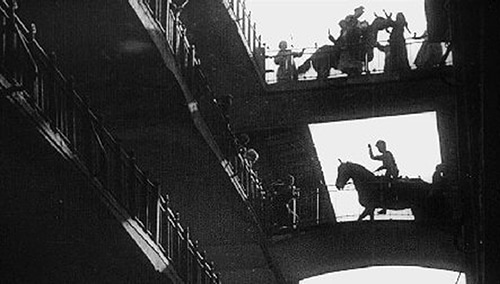 |  |
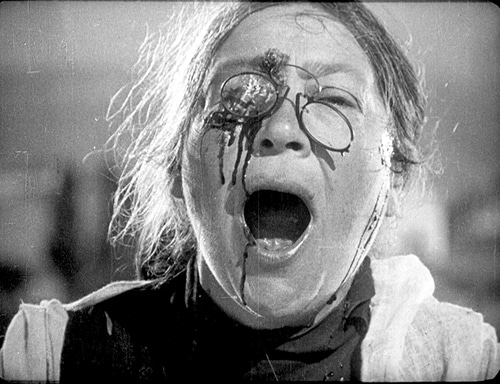 | 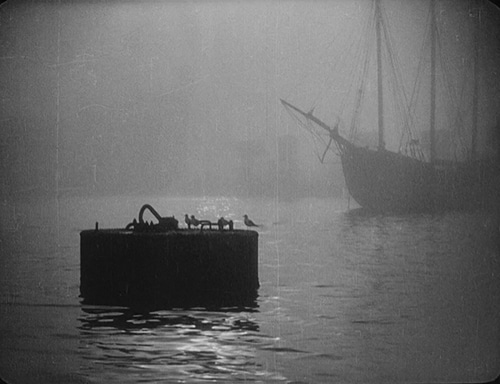 |
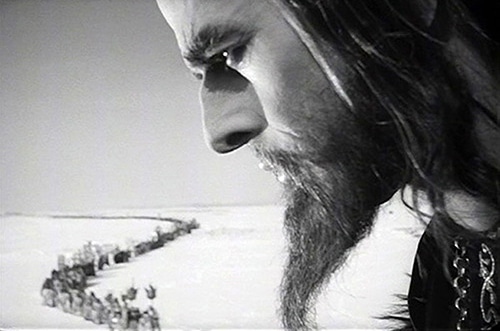 | 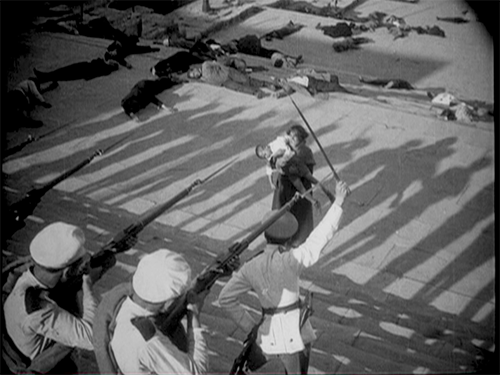 |





























